A flock of pigeons take off from a Lahore roof top at dawn, rising above the city’s Mughal-era minarets before disappearing out of sight. Rather than being viewed as pests, these birds are champions of endurance who evoke a passionate following across Pakistan.
“It is a love affair,” says Akhlaq Khan, a famous octogenarian pigeon-fancier and author of the only book on the subject in Pakistan. “You don’t see anything there, no difference between the birds,” he says, cradling a plump bird with a white body and coloured head.
On his rooftop in a leafy district of Pakistan’s cultural capital, hundreds of birds are cooing in massive light blue cages in the sweltering Punjabi summer.
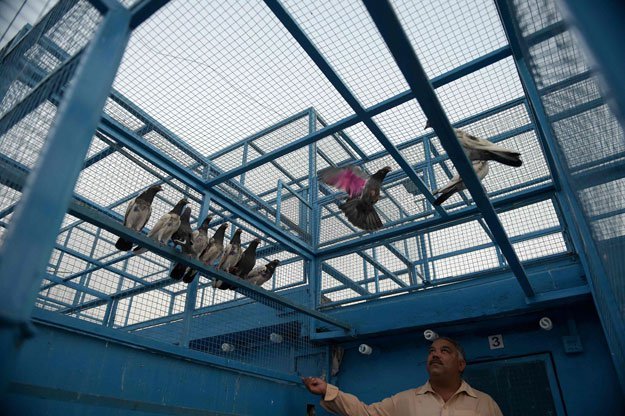
Pigeon followers broadly class the birds into those known for their competitive flying ability, and those prized for their looks. Millions of fans across the country are enthralled by low and high altitude flying competitions, and races in which opponents attempt to distract each others’ birds, etc.
It is a rare pastime that brings together people from different social backgrounds — experts are often illiterate and the owners are rich. A good pigeon can be valued at hundreds of dollars, equivalent to several months salary for many Pakistanis.
For so-called “high-flying” pigeons, the rules are simple: at dawn, each team of seven or eleven pigeons take off from their perches, spend the day flying out of sight, and when they return at nightfall, the flight time of each pigeon is added up and an average is calculated.
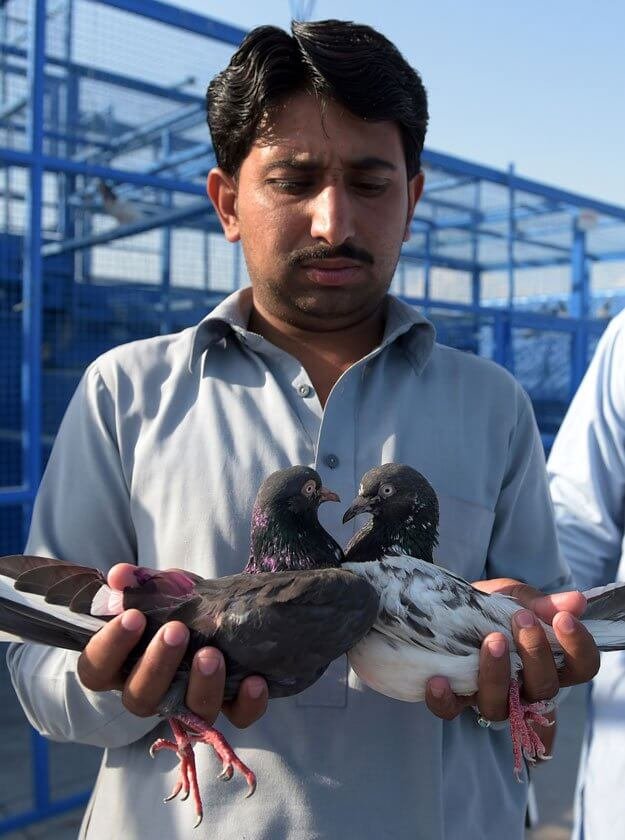
The winning team is the one which has the longest average flight time after a total of seven or eleven flights held every two days.
“We fly pigeon around 5 in morning after stamping them, and if the pigeon comes back around 4 to 5 in the evening we consider them good,” explains Syed Mehtab Shah, a participant in the Bahrain Cup, one of a number of tournaments organised in spring and autumn.
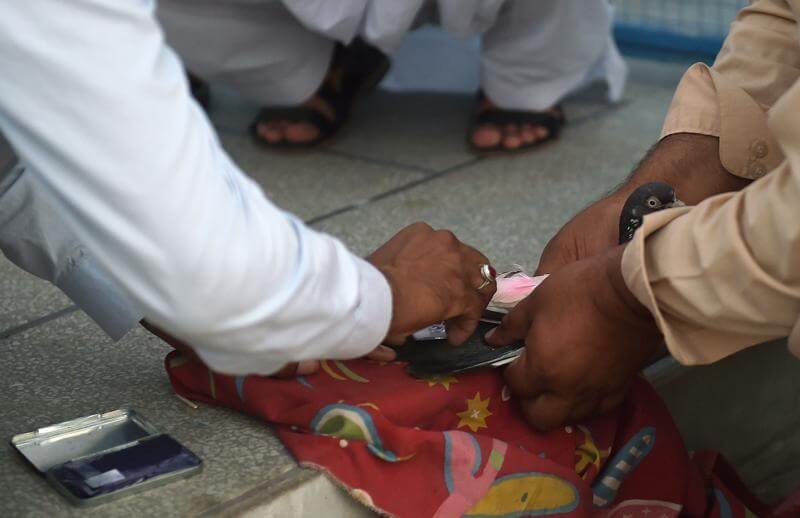
Pakistani pigeon race official notes the landing times of racing pigeons after a day of flying during the pigeon race national championship in Islamabad.
Grabbing binoculars, the audience admire the birds’ precision landing, which was guided by flags.
The best champions, capable of flying for more than 12 hours without food or drink in exhausting heat, are showered with luxurious treatment often reserved for humans. The pigeon masters, known as “ustads”, give their birds long massages with a damp towel and special concoctions to boost performance.
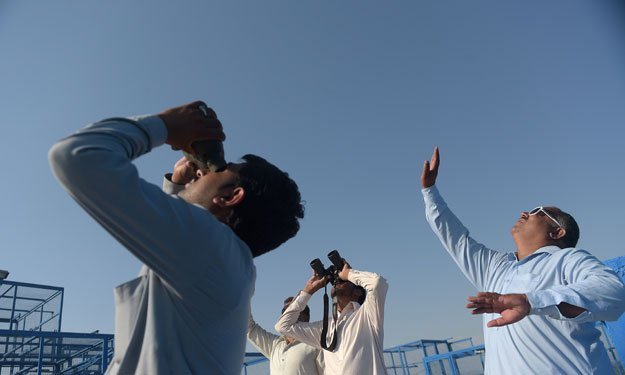
In his book, Khan reveals his diet plans for the winged athletes: crushed almonds, cardamom and Indian lotus seed powder, as well a “water of life” — laced with cumin, pepper and other spices.
There is no governing body regulating pigeon racing, so other less natural ingredients can creep in to the diet. “Anabolic steroids, calcium tablets and sometimes sedative tablets are used”, says Waqar Haider, a student of Akhlaq Khan, from Rawalpindi. He speaks too of the benefits of port and whisky, illegal in Pakistan, precious saffron and ginseng.
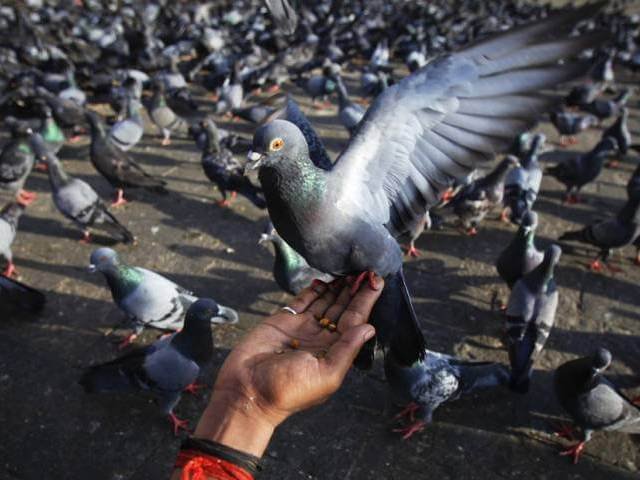
The victors can take home mobile phones, motorcycles and even cars — proving a winning bird in hand can be worth more than several in the proverbial shrubbery.
In this way, the story of love became a story of money. “It fell into disrepute because people started gambling,” explains Khan.
Haider’s wife spends long hours peeling almonds and cooking for her husband’s guests during each competition. She concedes shyly: “He spends more time with his birds with me.”

















